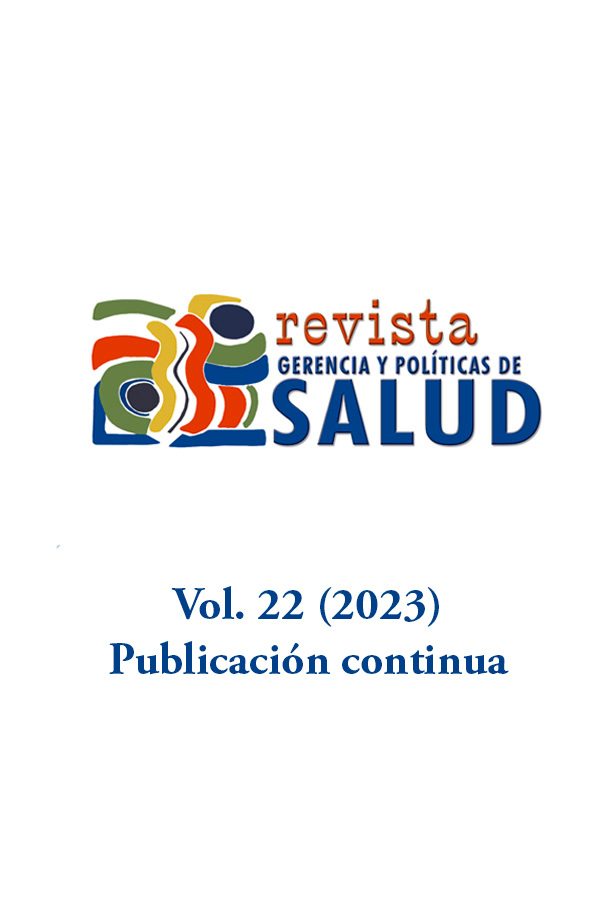Abstract
Introduction: It was considered necessary to advance in delineating the model of the Peruvian health system with which it entered the pandemic.
Objective: To analyze the changes that have been taking place in the pattern of health services utilization in Peru in the period 2007-2021, seeking to identify the drivers or independent variables that explain this transformation.
Methodology: This is a quantitative explanatory study, based on the use of fixed effects linear regression coefficients and the Chow test. Large national databases were constructed based on the annual National Household Survey, trends in the Peruvian health system were identified, Pearson's correlation coefficients between the selected variables were analyzed and six regression models were applied between them.
Results: The regression coefficients showed the impact of public spending and waiting times on consultation in pharmacies and the opening of new level I private establishments, their incidence on waiting times in health and in the Ministry of Health and on the quality of care, the perception of mistreatment and lack of trust in providers. Likewise, these, on the increase of consultation in pharmacies and first level private. The year 2016 was the breaking point of the previous model.
Conclusion: The study reports, based on the Peruvian case, on a type of evolution possible in poor and highly informal countries, towards deinstitutionalized and more fragmented health systems.

This work is licensed under a Creative Commons Attribution 4.0 International License.
Copyright (c) 2023 Juan Arroyo-Laguna, Pedro La Chira Villanueva


